- About us
- Support the Gallery
- Venue hire
- Publications
- Research library
- Organisation chart
- Employment
- Contact us
- Make a booking
- Onsite programs
- Online programs
- School visit information
- Learning resources
- Little Darlings
- Professional learning

Queen Elizabeth II is now the longest-reigning British sovereign

Last Sunday I had the privilege of appearing at the Canberra Writers’ Festival in conversation with Julia Baird. The subject of our session was Julia’s recent biography, Victoria the Queen: An Intimate Biography of the Woman who Ruled an Empire.
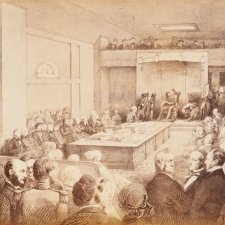
On this day eight hundred years ago at Runnymede near Windsor, King John signed Magna Carta.
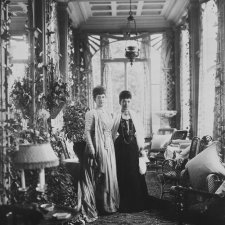
In 1904, the Dowager Empress Marie Feodorovna of Russia purchased as a gift for her sister, Queen Alexandra, a fan composed of two-color gold, guilloché enamel, mother-of-pearl, blond tortoiseshell, gold sequins, silk, cabochon rubies, and rose diamonds from the House of Fabergé in Saint Petersburg.
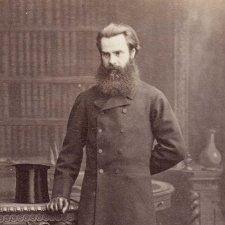
Tennyson's Enoch Arden was inspired by a story that Thomas Woolner passed on to him – but whose story and of whom?
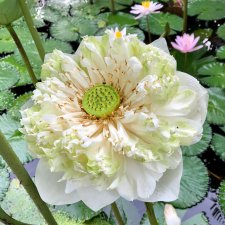
I spent much of my summer holiday at D’Omah, on the outskirts of Yogyakarta. Lotus and waterlilies sprout in extraordinary profusion in artful ponds amid palms and deep scarlet ginger flowers.

Desperately seeking Woolner medallions

The long life and few words of a vice-regal cockatoo
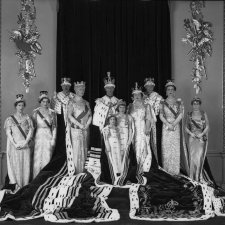
I keep going back to Cartier: The Exhibition at the National Gallery of Australia next door, and, within the exhibition, to Princess Marie Louise’s diamond, pearl and sapphire Indian tiara (1923), surely one of the most superb head ornaments ever conceived.
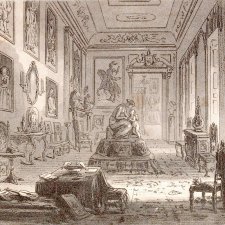
It may seem an odd thing to do at one’s leisure on a beautiful tropical island, but I spent much of my midwinter break a few weeks ago re-reading Bleak House.
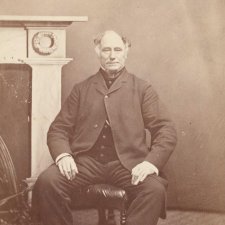
To celebrate his family bicentenary, Malcolm Robertson looks at the portraiture legacy left by his ancestors.
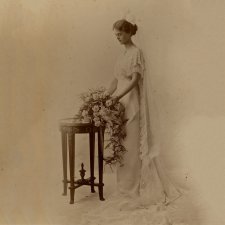
Where do we draw a line between the personal and the historical? Although she died in Melbourne in 1975, when I was not quite eleven years old, I have the vividest memories of my maternal grandmother Helen Borthwick.
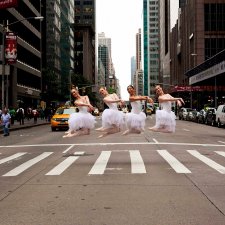
Penelope Grist’s spirits soar with Lisa Tomasetti’s Dancers in the Streets series.
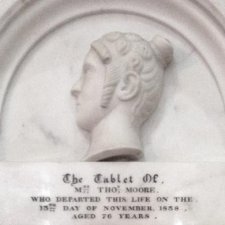
Beyond the centenary of the ANZAC landings at Gallipoli, a number of other notable anniversaries converge this year. Waterloo deserves a little focussed consideration, for in the decades following 1815 numerous Waterloo and Peninsular War veterans came to Australia.

There is in the collection of the Yale Center for British Art in New Haven, Connecticut, an English painting, datable on the basis of costume to about 1745, that has for many years exercised my imagination.
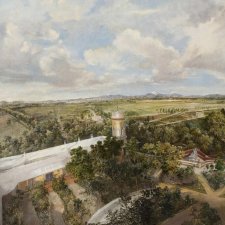
Several years ago I came across this curious painting on the racks in a distant, dusty corner of the store room in the basement of the Johannesburg Art Gallery in South Africa. Since then the mystery surrounding it has never been far from my mind.